Introduction
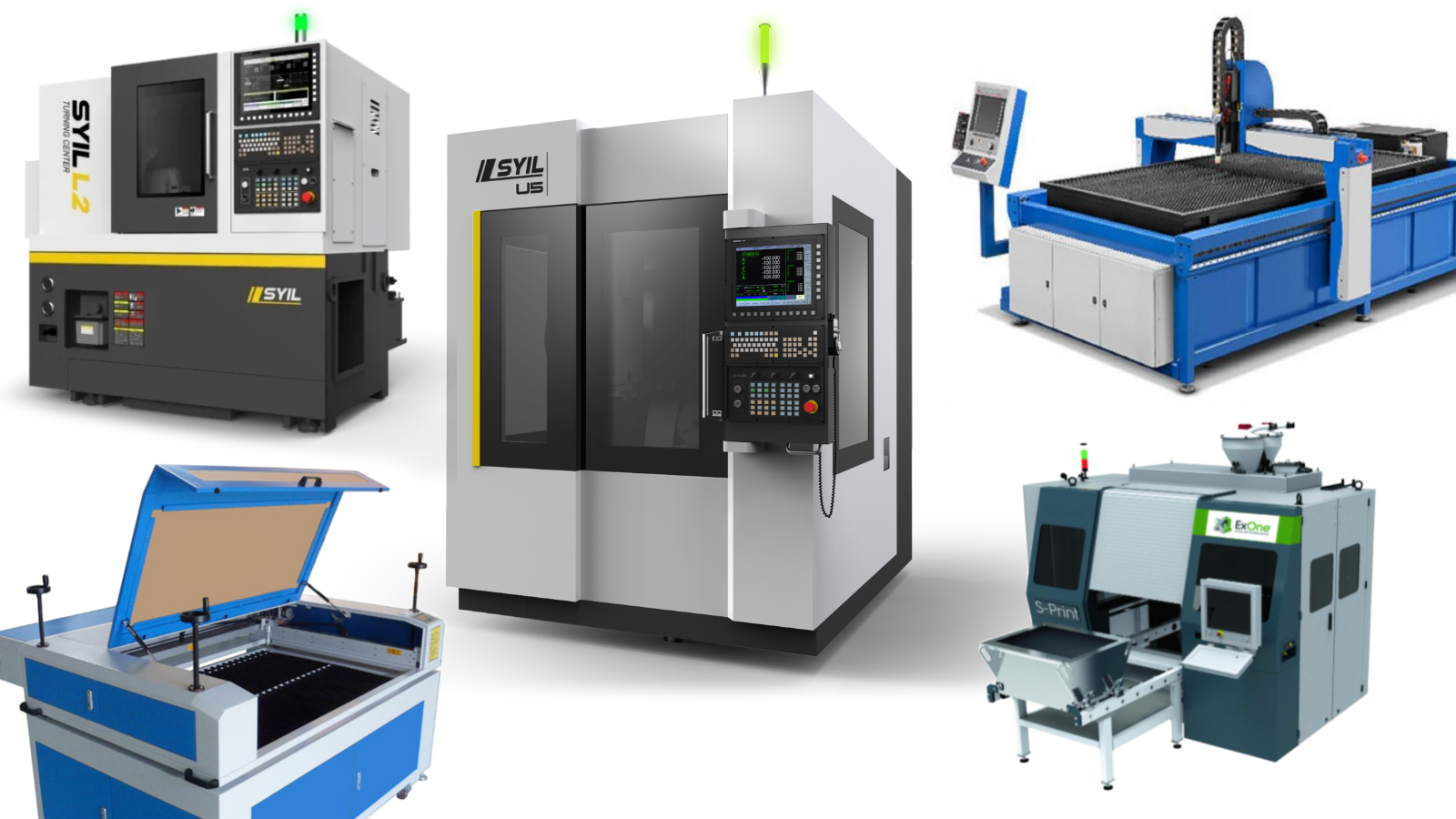
In the rapidly evolving landscape of healthcare, medical CNC machining has emerged as a cornerstone technology, revolutionizing how medical devices are designed and manufactured. This sophisticated process not only enhances the precision of components but also ensures that they meet the stringent demands of modern medicine. As we delve into this topic, it’s essential to understand what CNC machining in the medical industry entails and how it plays a pivotal role in patient care.
Understanding Medical CNC Machining
Medical CNC machining refers to the use of computer numerical control (CNC) technology to produce high-precision components for healthcare applications. This encompasses everything from surgical instruments to prosthetics and implants, showcasing the versatility of CNC machines in medicine. By leveraging advanced software and machinery, manufacturers can create intricate designs that would be impossible or prohibitively expensive with traditional manufacturing methods.
Importance of Precision in Healthcare
Precision is paramount in healthcare; even the smallest deviation can have significant consequences for patient safety and treatment effectiveness. Medical CNC machining provides unparalleled accuracy, ensuring that every component fits flawlessly within its intended application. The ability to produce parts with such exacting standards not only improves outcomes but also fosters trust between patients and healthcare providers.
Overview of CNC Technology in Medicine
CNC technology has transformed various industries, but its impact on medicine is particularly profound. What does CNC stand for in the pharmaceutical industry? It stands for Computer Numerical Control, which facilitates automated control of machining tools through programmed commands—ideal for creating complex shapes needed in medical devices. From understanding what are the 5 common types of CNC machines used to exploring their specific applications, it's clear that this technology is integral to producing high-quality CNC medical parts essential for advancing healthcare solutions.
What is CNC Machining in the Medical Industry?
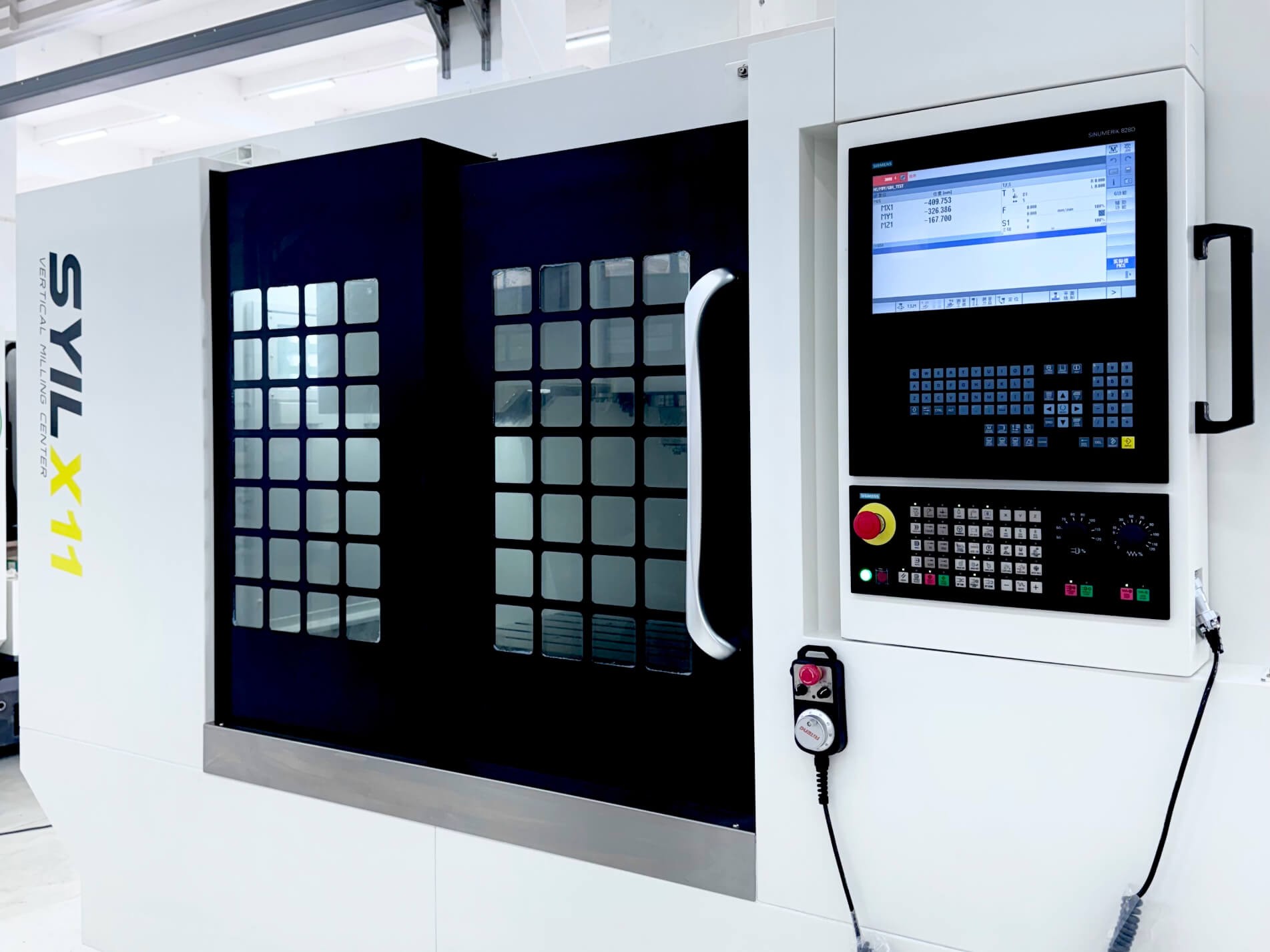
CNC machining in the medical industry is a game-changer, revolutionizing how we produce intricate components for healthcare. This technology allows for unparalleled precision and consistency, which are critical in medical applications. So, what exactly does CNC stand for in medicine? It stands for Computer Numerical Control, a method that automates machine tools through computer programming, ensuring accuracy and repeatability crucial for creating high-quality medical devices.
Definition of CNC in Medicine
In the realm of healthcare, CNC machining refers to the process where computer-controlled machines fabricate parts with extreme precision and accuracy. This technology is essential when making complex shapes or designs that traditional manufacturing methods struggle to achieve. Medical CNC machining ensures that every component meets strict tolerances and specifications necessary for patient safety and device efficacy.
Historical Context and Evolution
The journey of CNC in medicine began several decades ago when the need for precise medical instruments became apparent. Initially, manual machining methods were employed; however, these were often prone to human error and inconsistencies. With advancements in technology, particularly during the late 20th century, CNC machines emerged as a reliable solution—transforming how manufacturers produce medical devices by enhancing efficiency while reducing waste.
Applications in Medical Device Manufacturing
CNC machining has found its niche across various applications within the medical device manufacturing sector. From surgical instruments to orthopedic implants and dental components, this technology plays an integral role in producing high-quality CNC medical parts tailored to specific needs. The versatility of CNC machines allows manufacturers to create everything from simple items like syringes to complex systems like robotic surgical assistants—ensuring that healthcare providers have access to cutting-edge tools essential for patient care.
The Role of CNC Machines in Healthcare

In the ever-evolving landscape of healthcare, CNC machines play a pivotal role in ensuring that medical devices and components are manufactured with the utmost precision. These machines are not just tools; they are integral to the production of high-quality medical products that can significantly impact patient care. Understanding what CNC machining is in the medical industry helps illuminate how these machines enhance efficiency and accuracy in healthcare manufacturing processes.
Types of CNC Machines Used
CNC technology encompasses various types of machines, each tailored for specific applications within the medical field. Commonly used types include CNC milling machines, CNC lathes, CNC routers, CNC laser cutters, and CNC plasma cutters. Each machine serves unique functions—CNC milling machines, for instance, excel at creating intricate shapes and designs necessary for precision CNC components used in surgical instruments or implants.
When we delve into what is CNC in medicine, it becomes clear that these diverse machines facilitate the fabrication of everything from dental prosthetics to orthopedic implants. The versatility of these five common types of CNC machines allows manufacturers to meet stringent quality standards while also pushing the boundaries of design complexity. By selecting the appropriate machine for each task, manufacturers can optimize production processes and maintain high levels of accuracy.
Insights on SYIL CNC Machine
One standout player in the realm of medical CNC machining is the SYIL CNC machine series, known for its robust performance and reliability. These machines are engineered specifically to handle complex tasks with ease while maintaining exceptional precision—a must-have feature when producing critical components like surgical tools or diagnostic equipment. With advanced features such as high-speed spindle options and intuitive software interfaces, SYIL machines offer a perfect blend of innovation and user-friendliness.
The SYIL line exemplifies how modern technology can streamline operations within healthcare manufacturing by reducing setup time and enhancing output quality. Moreover, their adaptability makes them suitable for both low-volume custom parts production and high-volume manufacturing runs—an essential capability when considering what does CNC stand for in the pharmaceutical industry as well as other sectors requiring rapid prototyping or mass production capabilities.
Benefits of CNC Medical Parts
The advantages offered by using medical CNC machining extend far beyond mere efficiency; they encompass quality improvements that directly affect patient outcomes. First and foremost is precision: parts produced using advanced techniques exhibit tight tolerances that ensure optimal functionality within medical devices—think about how crucial this is when it comes to life-saving equipment! Additionally, cost-effectiveness plays a significant role; automated processes reduce labor costs while minimizing human error.
Furthermore, one cannot overlook the ability to create complex designs with relative ease through this technology—a game-changer when developing innovative solutions tailored to specific health needs or challenges faced by patients today. As healthcare continues to evolve toward personalized medicine approaches aimed at improving patient care outcomes through customized solutions delivered faster than ever before! This synergy between design flexibility offered by modern machinery like SYIL’s offerings along with stringent regulatory compliance ensures that every piece produced meets both market demands as well as safety standards required within this highly regulated sector.
Key Advantages of Medical CNC Machining
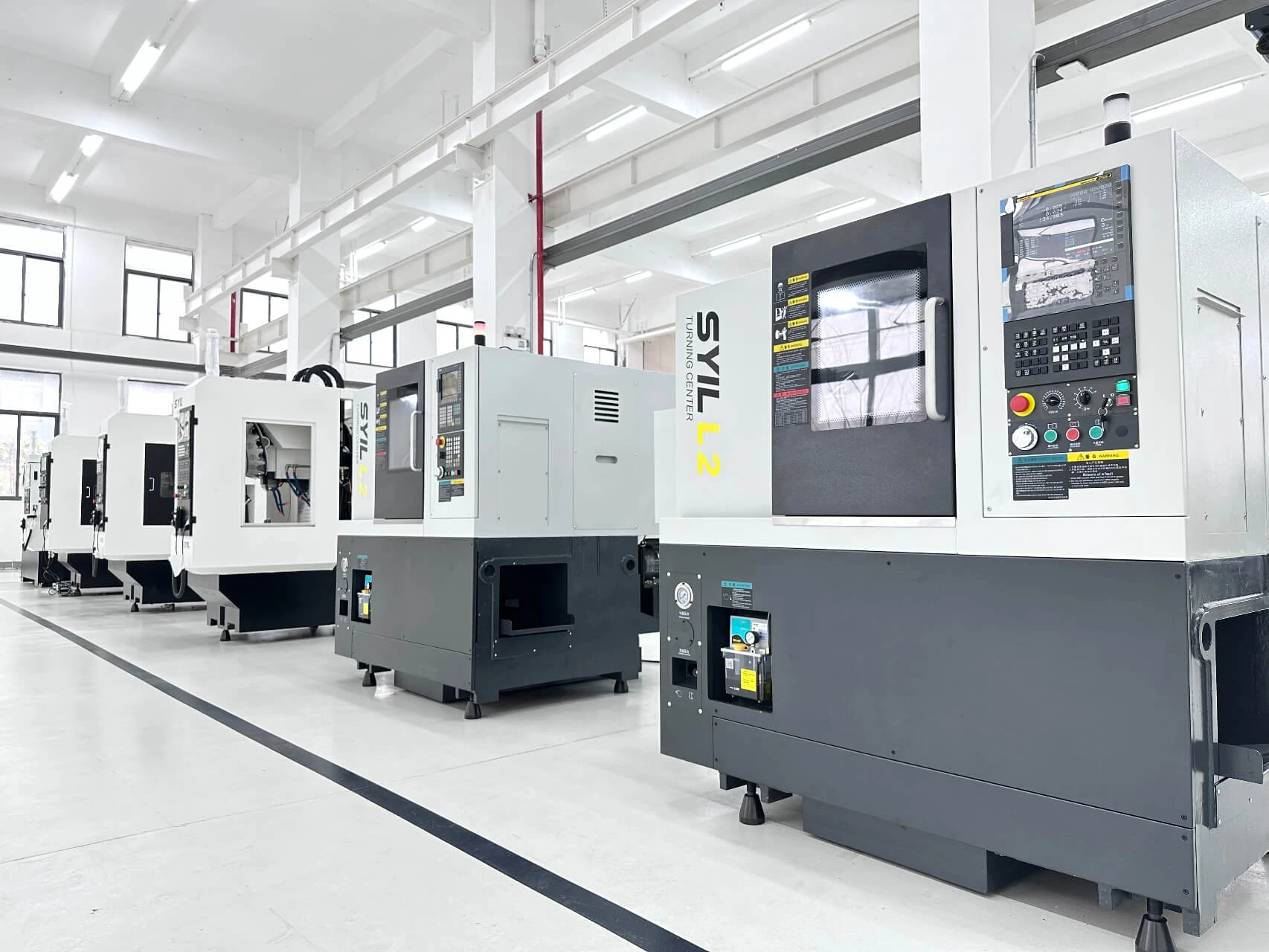
Precision and Accuracy in Production
The high level of detail achievable through CNC machining allows for consistent quality across batches, which is crucial for maintaining regulatory compliance in the pharmaceutical industry. As a result, healthcare professionals can rely on these components to perform flawlessly during critical procedures. This reliability not only boosts confidence among clinicians but also enhances overall patient care.
Moreover, the ability to produce parts with minimal tolerances means that even complex geometries can be achieved without sacrificing quality or performance. This level of precision transforms how medical devices are designed and manufactured, ultimately leading to better health outcomes for patients.
Cost-Effectiveness and Efficiency
One might wonder: What does CNC stand for in the pharmaceutical industry? Beyond its technical definition—Computer Numerical Control—it embodies efficiency and cost-effectiveness in production processes. By automating manufacturing tasks, medical CNC machining significantly reduces labor costs while increasing output rates.
With traditional manufacturing methods often requiring extensive manual labor and time-consuming setups, CNC machines streamline these processes by enabling rapid prototyping and mass production of CNC medical parts. This efficiency translates directly into savings for healthcare providers who benefit from lower costs while still obtaining high-quality products.
Additionally, reduced waste during production further contributes to cost-effectiveness; precise cutting minimizes excess material usage. In an industry where margins are tight and demand is ever-increasing, this efficiency becomes a critical advantage that supports sustainable practices within healthcare manufacturing.
Ability to Create Complex Designs
The versatility of CNC machines allows manufacturers to push boundaries when it comes to design complexity. Unlike traditional methods limited by manual capabilities or tooling constraints, CNC technology empowers designers to create intricate shapes and structures tailored specifically for medical applications—think customized implants or advanced surgical tools.
This capability opens new avenues in treatment options as personalized medicine becomes more prevalent; customized solutions can be developed based on individual patient needs using advanced design software integrated with CNC systems. The outcome? Enhanced functionality and improved patient satisfaction as devices fit more precisely than ever before.
Furthermore, innovations such as 3D printing combined with traditional CNC techniques enable even greater creativity in design without compromising on precision or quality standards required in healthcare settings. These advancements are reshaping what’s possible within the realm of medical device manufacturing—a true testament to how far we’ve come since asking ourselves: What is CNC machining in the medical industry?
Common Types of CNC Machines
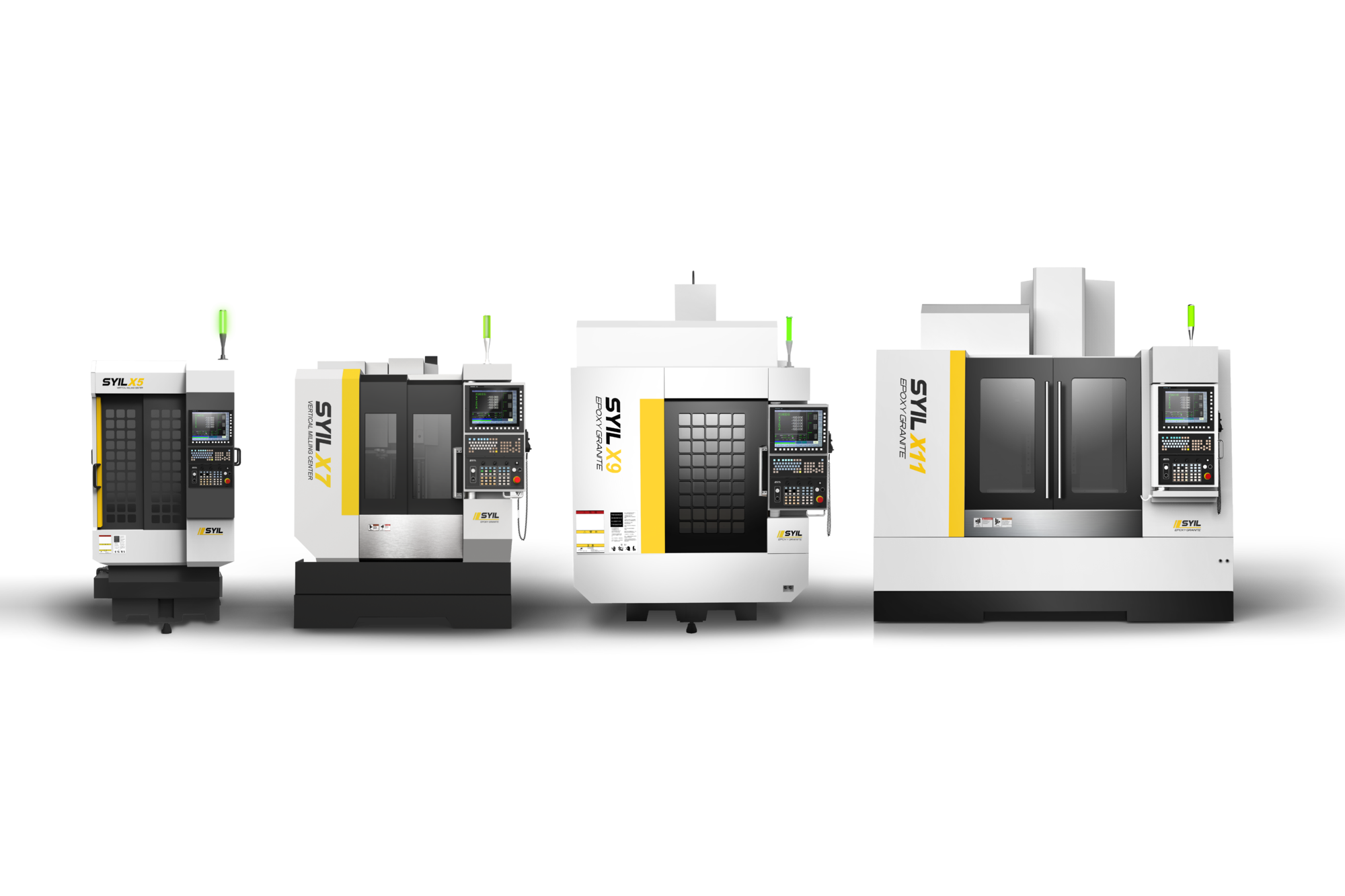
Overview of 5 Common CNC Machines
The five common types of CNC machines used in the medical industry include CNC mills, CNC lathes, CNC routers, laser cutters, and waterjet cutters. Each machine specializes in different manufacturing processes; for instance, CNC mills are ideal for complex shapes and detailed parts while lathes excel at cylindrical components. Laser cutters provide precision cuts for intricate designs and are often used for delicate materials, while waterjet cutters offer versatility by cutting through various materials without generating heat.
Comparison of Functionality and Use Cases
CNC mills stand out for their ability to create intricate designs with high accuracy—perfect for crafting surgical instruments or implants. On the other hand, lathes are commonly used to produce cylindrical parts like screws or rods essential in orthopedic devices. Laser cutters are favored when precision is paramount; they can cut through thin materials with minimal kerf loss, making them suitable for custom surgical trays or device casings.
Machinery Selection for Medical Applications
Selecting machinery for medical applications requires careful consideration of factors like precision requirements and regulatory compliance. For example, when producing critical components such as prosthetics or implants using medical CNC machining techniques, a high-precision mill may be necessary to ensure accuracy and patient safety. Additionally, understanding what does CNC stand for in the pharmaceutical industry can guide manufacturers toward choosing machines that meet both manufacturing efficiency and quality standards.
CNC Components and Their Significance
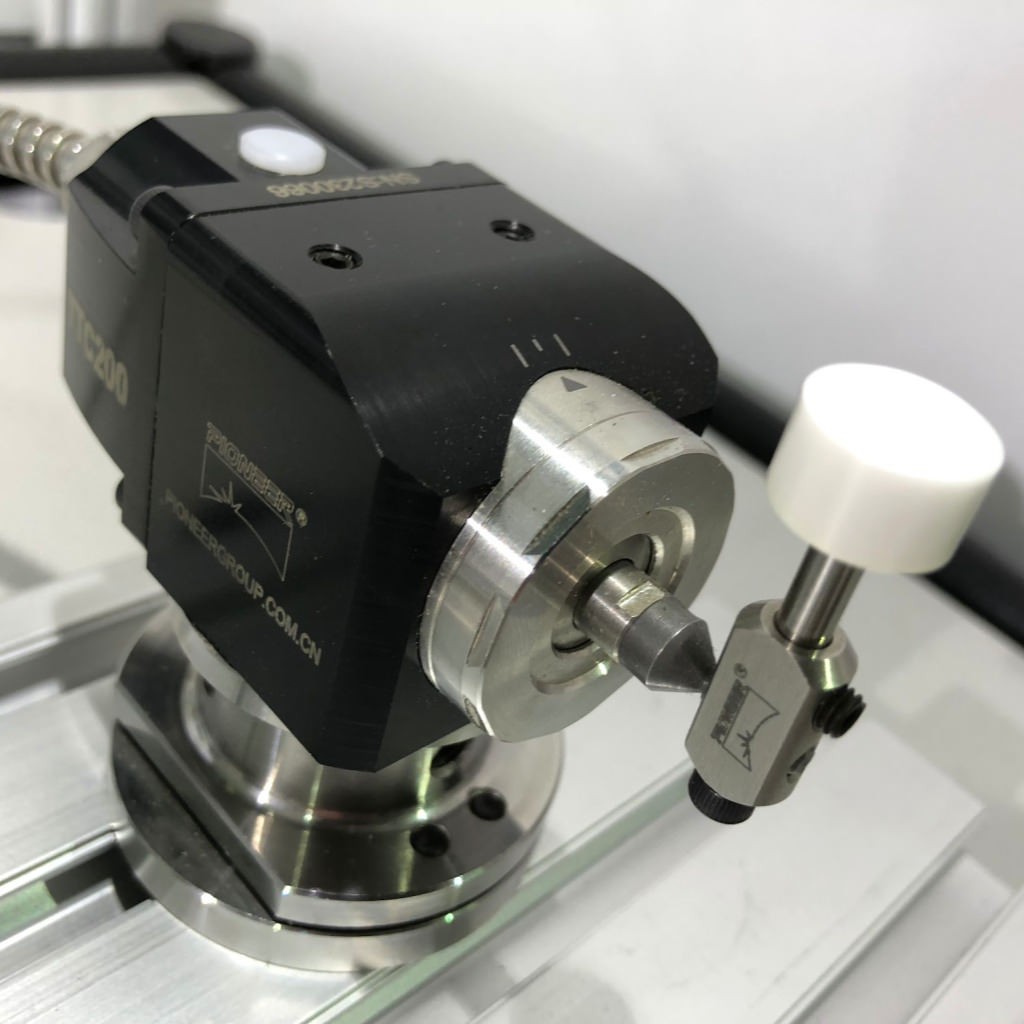
In the realm of medical CNC machining, precision components play a critical role in ensuring the effectiveness and reliability of medical devices. These components are fundamental to achieving the high standards required in healthcare applications, where even minor deviations can lead to significant consequences. Understanding what is CNC machining in the medical industry helps us appreciate how vital these precision CNC components are for patient safety and treatment efficacy.
Importance of Precision CNC Components
Precision is paramount when it comes to CNC medical parts, as they often interact directly with patients or are used in life-saving equipment. The accuracy of these components ensures that devices function correctly, reducing the risk of mechanical failure during critical procedures. Moreover, with what is CNC in medicine focusing on intricate designs and complex geometries, having high-quality precision components becomes essential for achieving optimal performance.
When manufacturers invest in top-notch precision CNC components, they not only enhance product quality but also boost their reputation within the industry. A strong emphasis on precision leads to better patient outcomes and fosters trust among healthcare professionals who rely on these devices daily. In essence, the importance of these components cannot be overstated; they form the backbone of reliable medical technology.
Typical Materials Used for CNC Parts
The materials selected for manufacturing CNC parts in healthcare applications must meet stringent requirements for biocompatibility and durability. Common materials include stainless steel, titanium, and various polymers that can withstand sterilization processes while maintaining structural integrity. Each material has its unique properties that make it suitable for specific applications within what does CNC stand for in the pharmaceutical industry?
Stainless steel is often favored due to its corrosion resistance and strength, making it ideal for surgical instruments and implants. Titanium is another popular choice because of its lightweight nature combined with impressive strength-to-weight ratios—perfect for prosthetics or dental implants requiring both durability and comfort. Additionally, advanced polymers provide flexibility and ease of manufacturing while ensuring compliance with health regulations.
Understanding typical materials used for CNC parts allows manufacturers to optimize their production processes while adhering to necessary standards within medical device manufacturing. This careful selection ultimately contributes to improved patient care through reliable products that meet diverse needs across various healthcare settings.
Regulatory Compliance in Medical Manufacturing
Navigating regulatory compliance is a crucial aspect of medical CNC machining that cannot be overlooked by manufacturers seeking success in this highly regulated field. Regulatory bodies like the FDA impose strict guidelines governing everything from material selection to production processes—ensuring that all products meet safety standards before reaching patients or healthcare providers. Compliance not only protects patients but also enhances a manufacturer’s credibility within an increasingly competitive market.
Meeting regulatory requirements involves thorough documentation throughout every stage of production—from design validation to final inspections—ensuring transparency at all levels of manufacturing operations related to what are the 5 common types of CNC machines? This meticulous approach aids companies in avoiding costly recalls or legal issues down the line while fostering consumer confidence in their products.
Ultimately, understanding regulatory compliance helps manufacturers prioritize quality control measures essential for producing safe and effective medical devices using advanced technologies like CNC machining systems tailored specifically for healthcare applications.
Conclusion
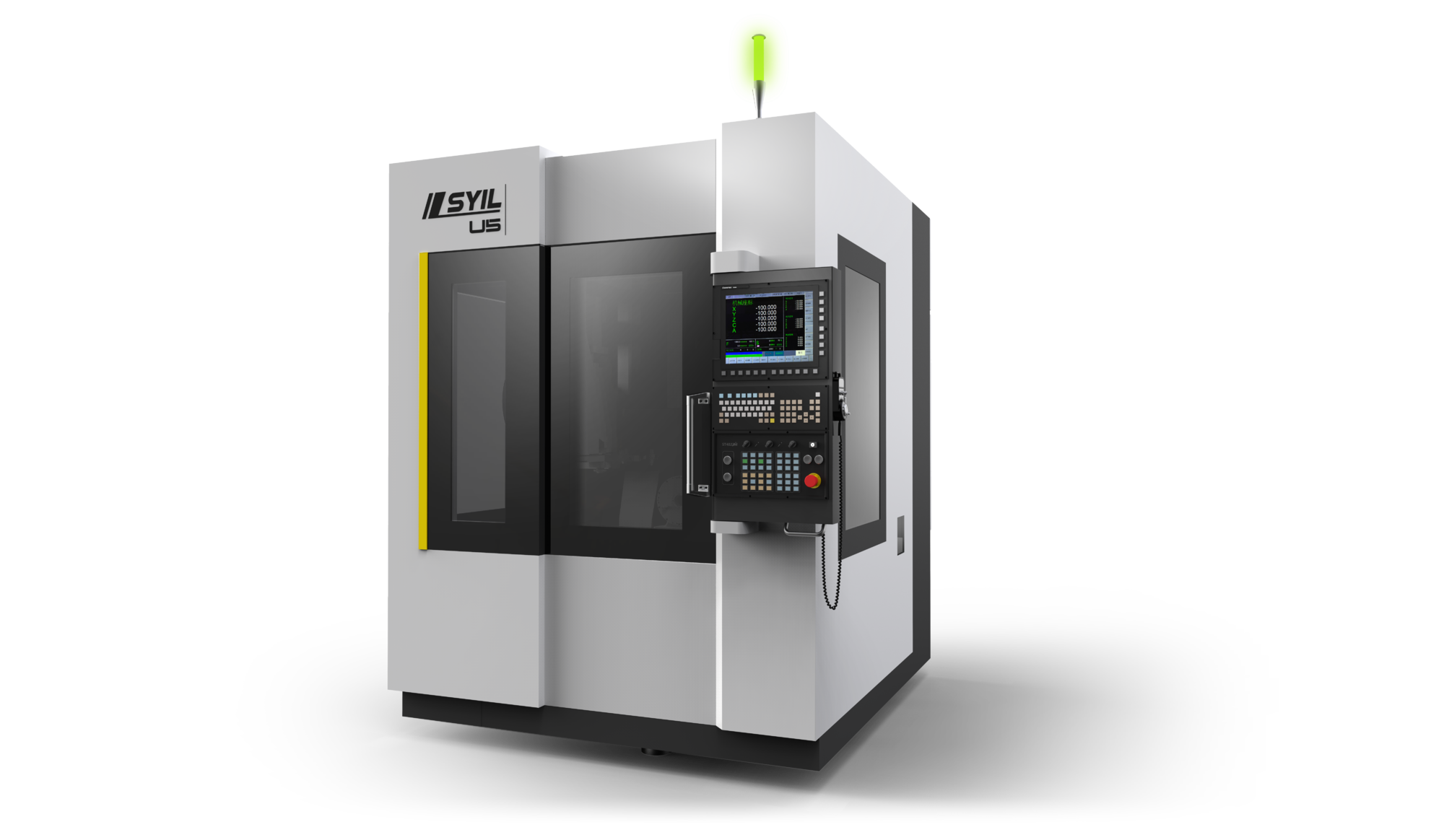
In summary, medical CNC machining stands at the forefront of innovation within the healthcare sector, revolutionizing how medical devices and components are produced. As we look ahead, it’s clear that the integration of advanced CNC technologies will continue to enhance precision and efficiency in manufacturing processes. This evolution not only benefits manufacturers but also significantly impacts patient care and treatment outcomes.
Future Trends in Medical CNC Machining
The future of medical CNC machining is brimming with exciting possibilities, particularly with advancements in automation and artificial intelligence. These technologies promise to optimize production workflows, leading to even greater precision in creating complex designs for medical applications. Furthermore, as regulatory standards become more stringent, manufacturers will increasingly turn to sophisticated CNC machines that ensure compliance while maintaining high-quality standards for medical components.
Enhancing Patient Care with CNC Technology
CNC technology is pivotal in enhancing patient care by enabling the production of custom-fit implants and prosthetics tailored specifically to individual needs. By utilizing precision CNC components, healthcare providers can offer solutions that improve comfort and functionality for patients undergoing various treatments. Additionally, the ability to produce intricate designs quickly means that life-saving devices can be manufactured faster than ever before, ultimately saving lives.
What to Look for in CNC Machining Services
When seeking out CNC machining services within the medical industry, it’s crucial to prioritize experience and expertise specific to healthcare applications. Look for providers that demonstrate a deep understanding of what is CNC machining in the medical industry and have a proven track record of producing high-quality CNC medical parts. Moreover, ensure they adhere strictly to regulatory compliance standards while also offering flexibility in design capabilities—after all, each component plays a vital role in patient health.

